Japan's Hayabusa2 Asteroid Ryugu Sample-Return Mission in Pictures
Asteroid Ryugu
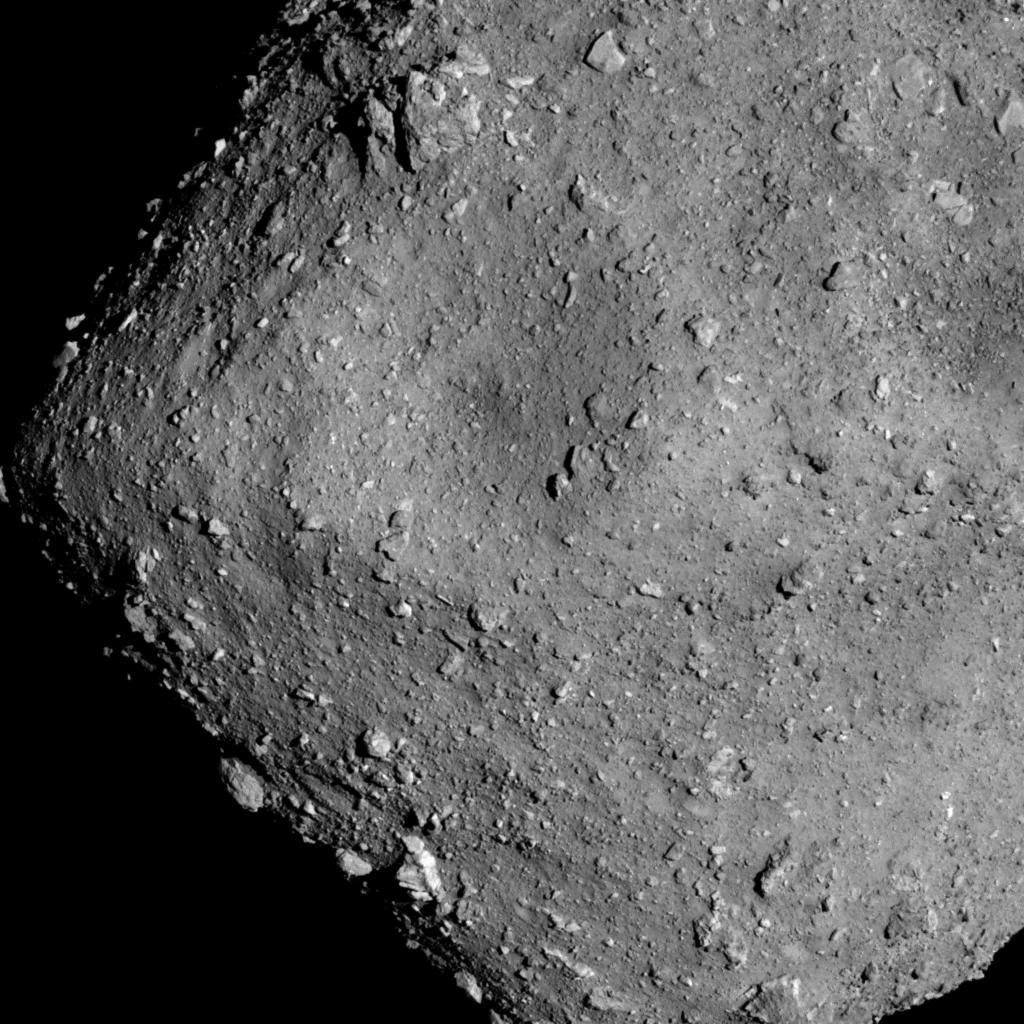
Japan's Hayabusa2 spacecraft captured this view of the asteroid Ryugu from approximately 4 miles (6 kilometers) away on July 20, 2018, at 3 a.m. EDT (0700 GMT).
Close-up Look at Sites on Asteroid Ryugu
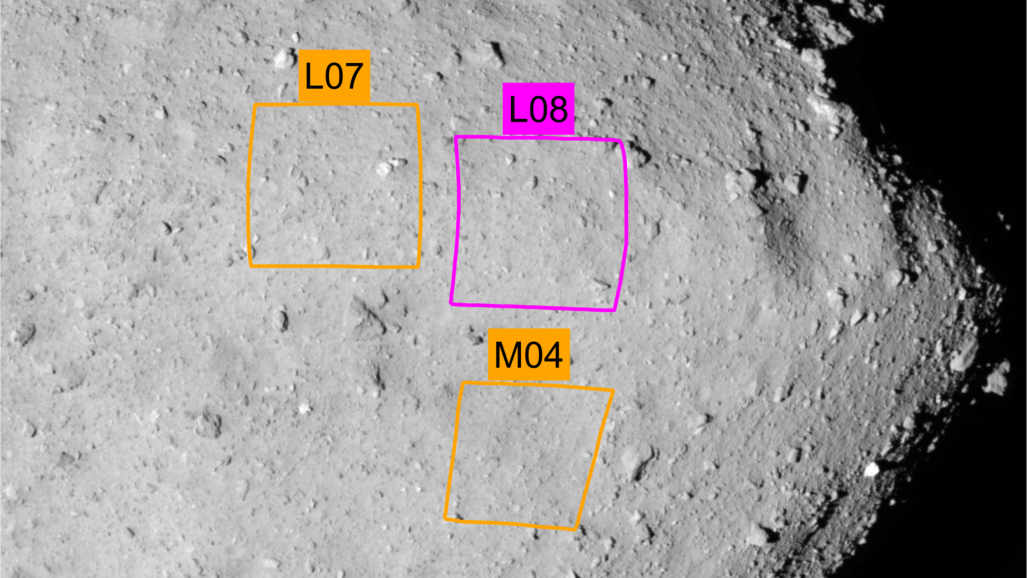
A close-up look at the sites L07, L08 and M04 on the asteroid Ryugu.
Ryugu in 3D!
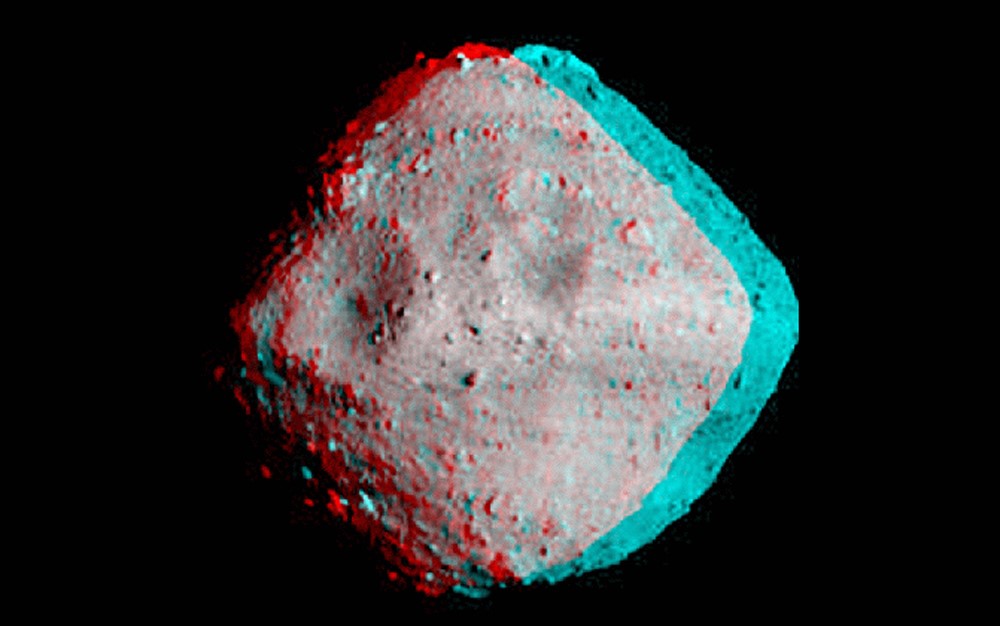
A stereo image of the asteroid Ryugu designed to be viewed with red/blue glasses.
Asteroid Ryugu Up Close
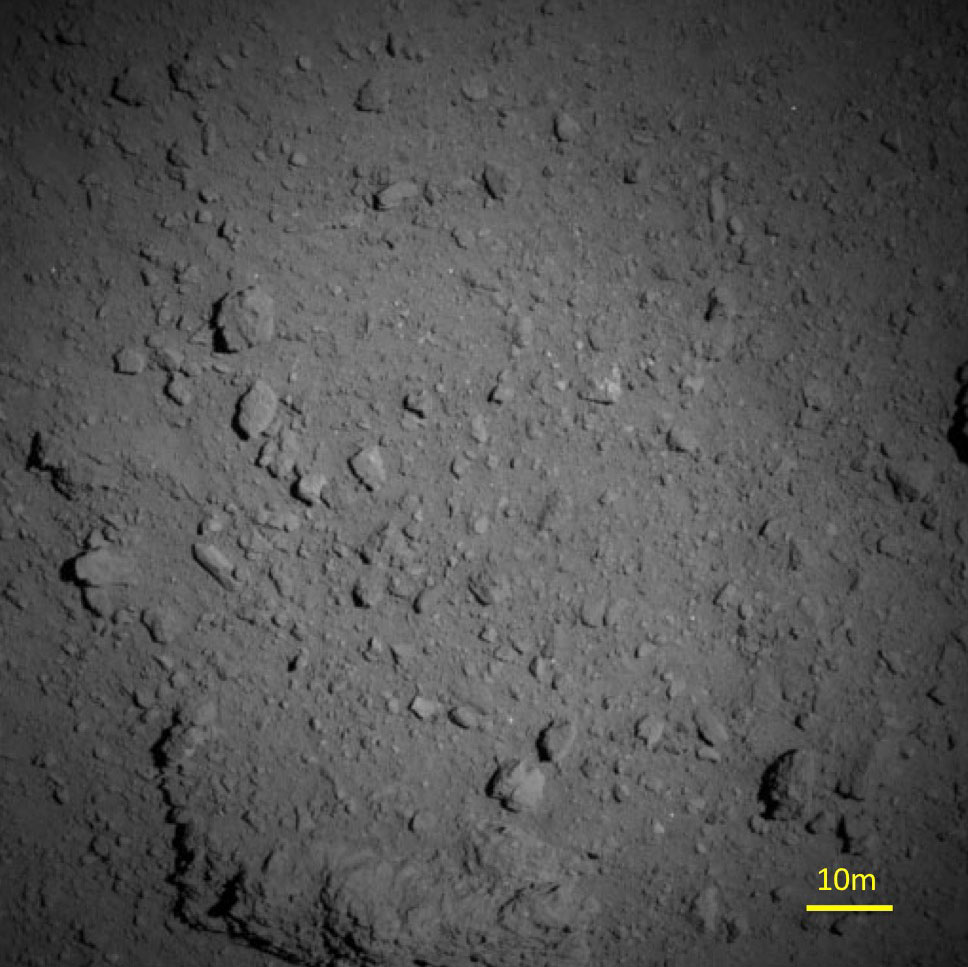
Using its Optical Navigation Camera – Telescopic, the Hayabusa2 spacecraft captured this view of the asteroid Ryugu from about 1 kilometer (0.6 miles) away on Aug. 7, 2018.
A Clearer View
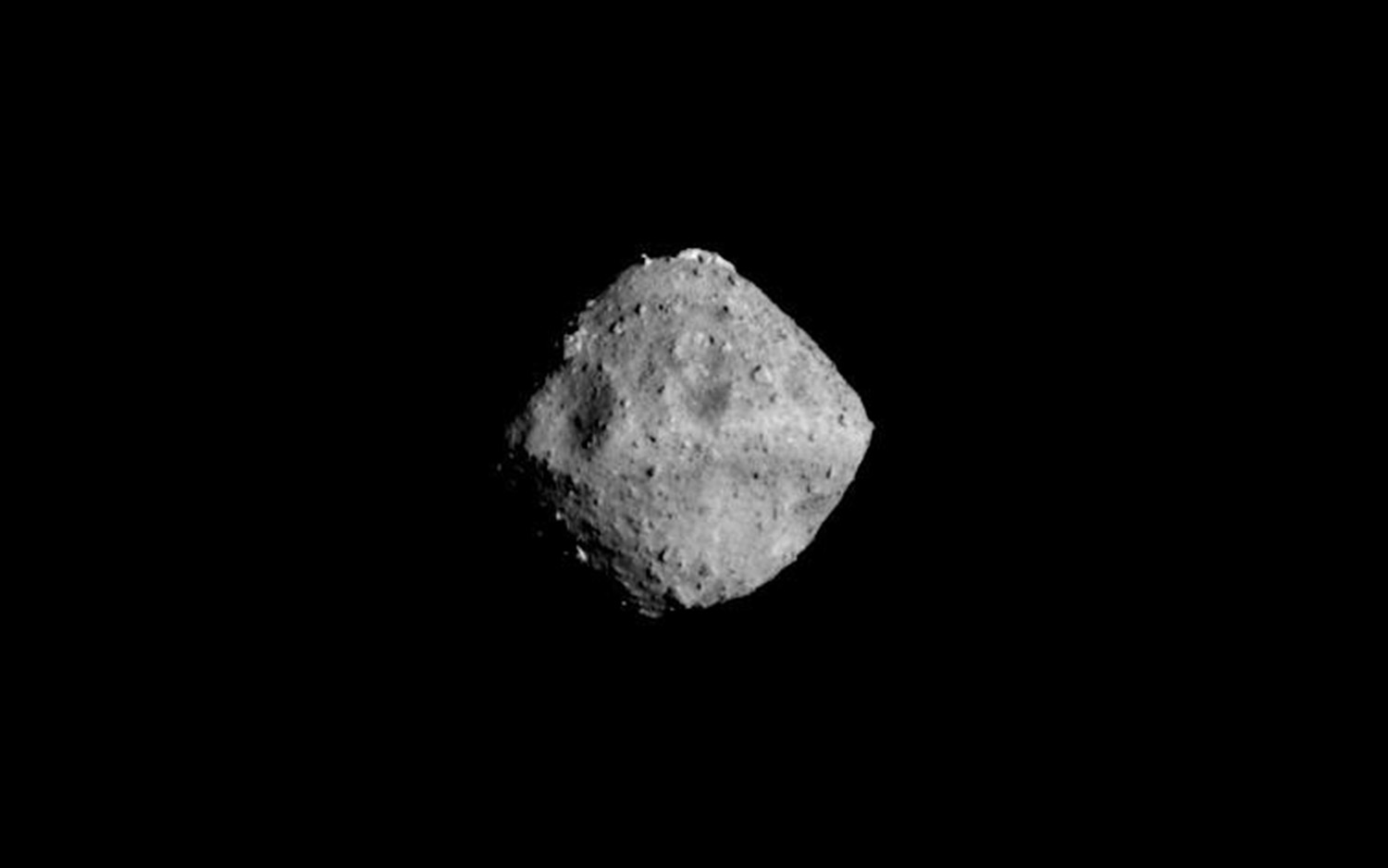
This is one of Hayabusa2's early, clear views of asteroid Ryugu during its approach to the space rock.
Asteroid Ryugu animation
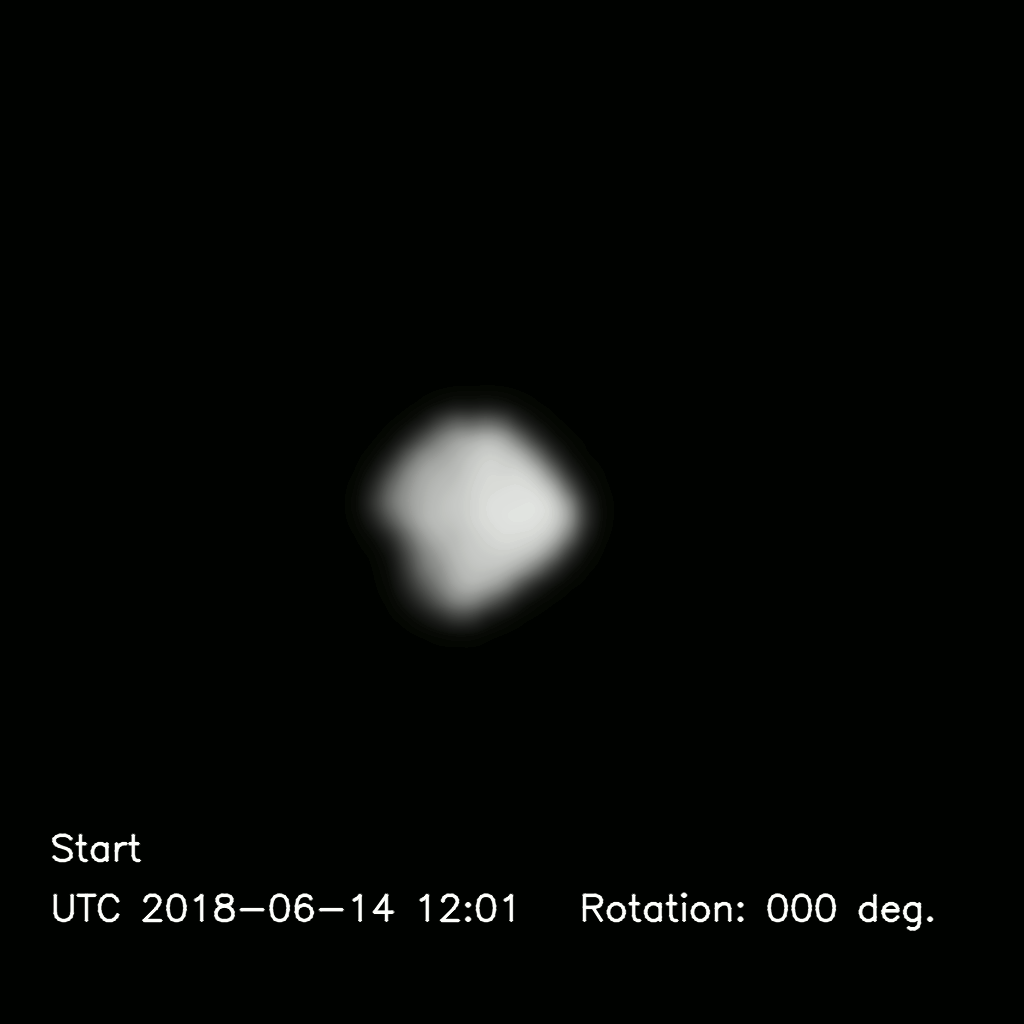
A rotating view of Ryugu captured by the Hayabusa2 spacecraft between June 14 and June 15, 2018.
Ryugu
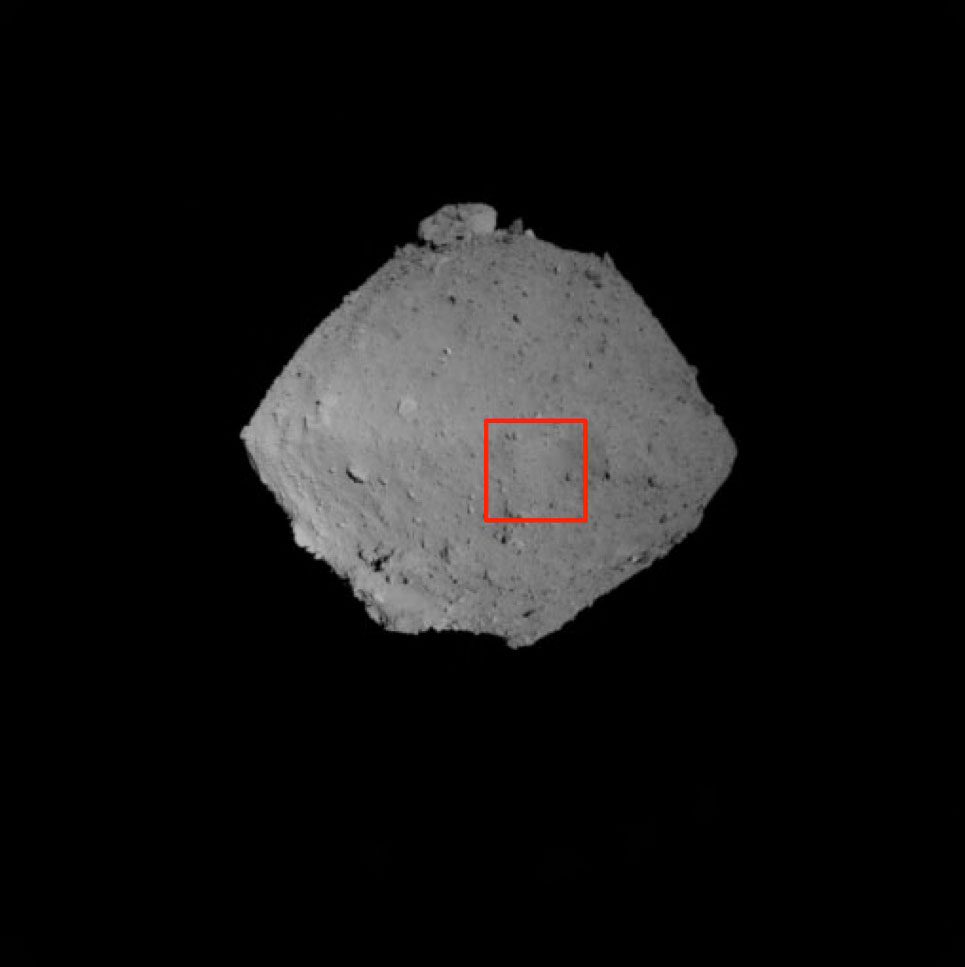
An image of asteroid Ryugu taken from about 1 km away by the Hayabusa2 spacecraft's Optical Navigation Camera – Wide Angle on Aug. 7, 2018. The red frame shows the range imaged by the telescopic camera (the image below in this story).
Get the Space.com Newsletter
Breaking space news, the latest updates on rocket launches, skywatching events and more!
Asteroid Ryugu
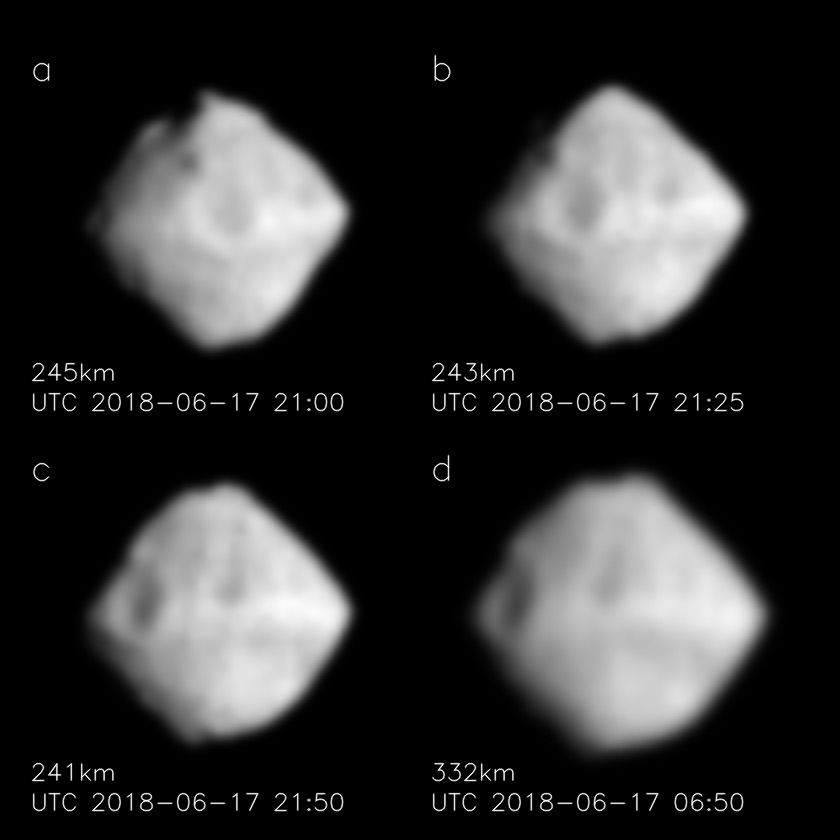
Japan's Hayabusa2 spacecraft took these images of the asteroid Ryugu on June 17-18, 2018, during the probe's approach to the rocky body. The large, visible crater is about 650 feet (200 meters) across. The asteroid rotates perpendicular to its orbit and takes 7.5 hours to spin all the way around. (These images have been smoothed, and the light and dark regions are emphasized.)
Asteroid Ryugu
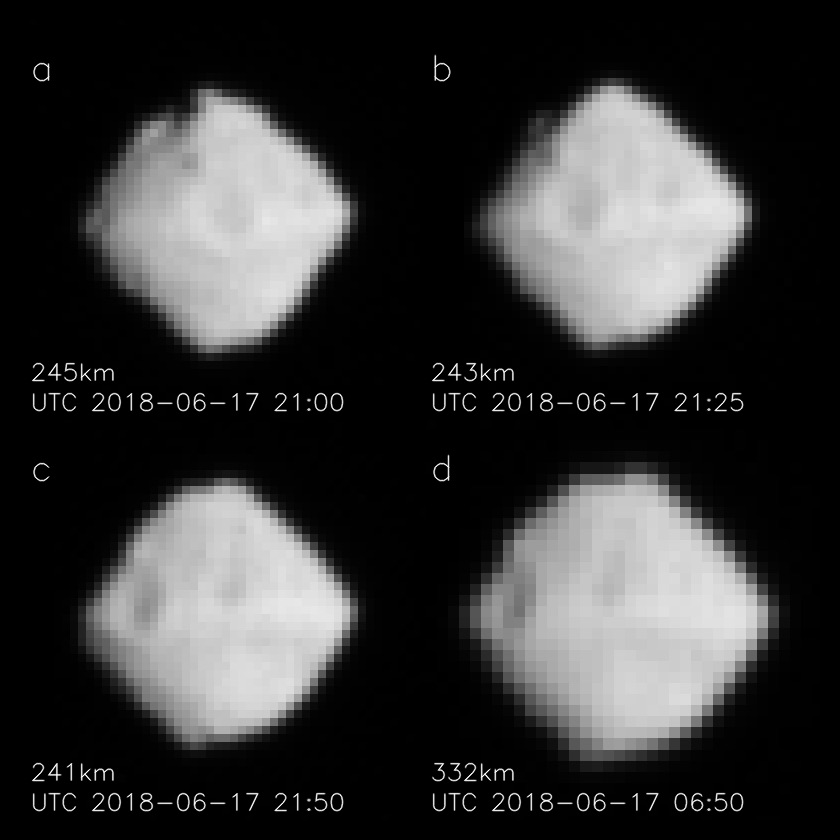
Raw images taken of the asteroid Ryugu on June 17-18, 2018, when the Hayabusa2 spacecraft traveled from 200 to 150 miles (330 to 240 km) away from the object.
How Japan's Hayabusa 2 Asteroid Mission Works (Infographic)

Hayabusa2, the second in Japan's Hayabusa mission series, will drop probes on and take samples from asteroid 1999 JU3. See how the Hayabusa2 asteroid sample-return mission works in this Space.com infographic.
Join our Space Forums to keep talking space on the latest missions, night sky and more! And if you have a news tip, correction or comment, let us know at: community@space.com.

Tariq is the Editor-in-Chief of Space.com and joined the team in 2001, first as an intern and staff writer, and later as an editor. He covers human spaceflight, exploration and space science, as well as skywatching and entertainment. He became Space.com's Managing Editor in 2009 and Editor-in-Chief in 2019. Before joining Space.com, Tariq was a staff reporter for The Los Angeles Times covering education and city beats in La Habra, Fullerton and Huntington Beach. In October 2022, Tariq received the Harry Kolcum Award for excellence in space reporting from the National Space Club Florida Committee. He is also an Eagle Scout (yes, he has the Space Exploration merit badge) and went to Space Camp four times as a kid and a fifth time as an adult. He has journalism degrees from the University of Southern California and New York University. You can find Tariq at Space.com and as the co-host to the This Week In Space podcast with space historian Rod Pyle on the TWiT network. To see his latest project, you can follow Tariq on Twitter @tariqjmalik.









